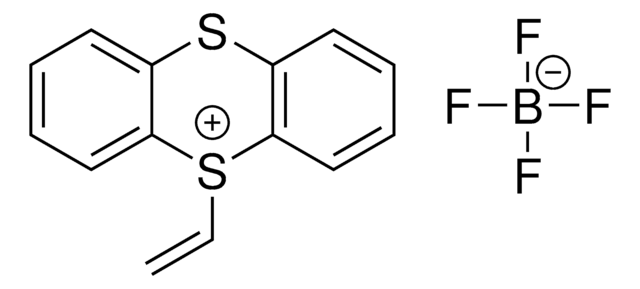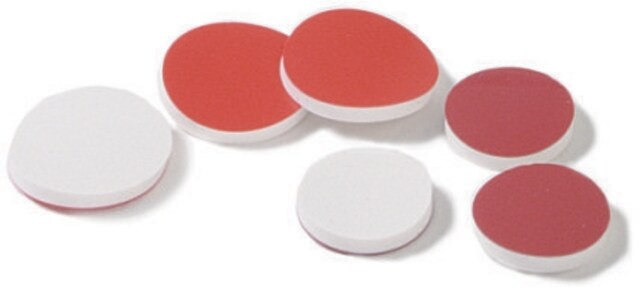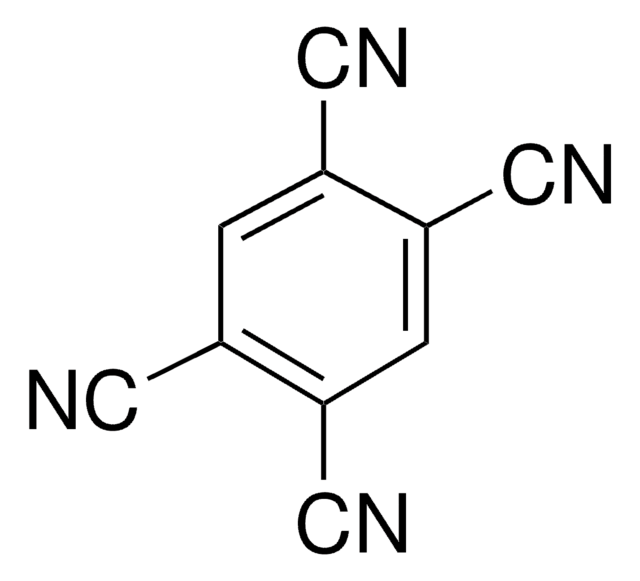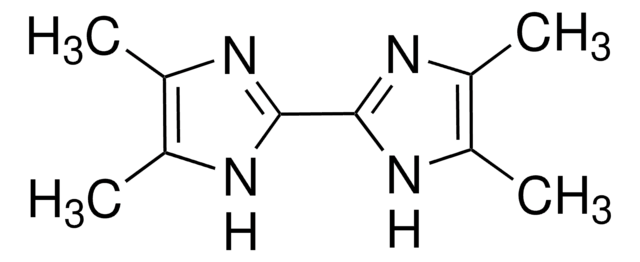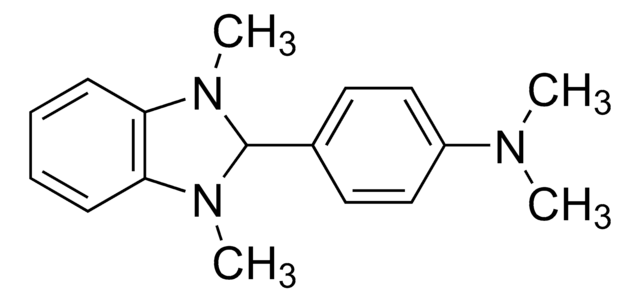Wszystkie zdjęcia(1)
Key Documents
695637
Dibenzotetrathiafulvalene
97%
Synonim(y):
DBTTF, [2,2’]Bi[benzo[1,3]dithiolylidene]
Zaloguj sięWyświetlanie cen organizacyjnych i kontraktowych
About This Item
Wzór empiryczny (zapis Hilla):
C14H8S4
Numer CAS:
Masa cząsteczkowa:
304.47
Numer MDL:
Kod UNSPSC:
12352103
Identyfikator substancji w PubChem:
NACRES:
NA.23
Polecane produkty
Próba
97%
Postać
solid
mp
239-243 °C
ciąg SMILES
S1C(\Sc2ccccc12)=C3/Sc4ccccc4S3
InChI
1S/C14H8S4/c1-2-6-10-9(5-1)15-13(16-10)14-17-11-7-3-4-8-12(11)18-14/h1-8H
Klucz InChI
OVIRUXIWCFZJQC-UHFFFAOYSA-N
Opis ogólny
Dibenzotetrathiafulvalene (DBTTF) is an organic semiconductor that is completely conjugated with a symmetric structure. It forms stacks of planar molecules with a distance of 3.948 Å. DBTTF has a high mobility of charges and can be prepared from anthranilic acid and purified by sublimating in vacuum.
Zastosowanie
DB-TTF is used to make semiconducting charge transfer salts with electron accepting (n-type) materials, for example TCNQ (Aldrich Prod. No. 157635) and F4TCNQ (Aldrich Prod. No. 376779 ).
DBTTF is an organoelectronic material that forms a charge transferring complex with a variety of semiconducting crystals which include 7,7,8,8-tetracyanoquinodimethane (TCNQ) and 2,3-dichloro-5,6-dicyanobenzoquinone (DDQ). These materials can be in the form of single crystals and thin films for the fabrication of organic field effect transistors (OFETs) and organic light emitting diodes (OLED).
This page may contain text that has been machine translated.
Hasło ostrzegawcze
Warning
Zwroty wskazujące rodzaj zagrożenia
Zwroty wskazujące środki ostrożności
Klasyfikacja zagrożeń
Aquatic Acute 1 - Aquatic Chronic 1
Kod klasy składowania
11 - Combustible Solids
Klasa zagrożenia wodnego (WGK)
WGK 3
Temperatura zapłonu (°F)
Not applicable
Temperatura zapłonu (°C)
Not applicable
Środki ochrony indywidualnej
Eyeshields, Gloves
Wybierz jedną z najnowszych wersji:
Masz już ten produkt?
Dokumenty związane z niedawno zakupionymi produktami zostały zamieszczone w Bibliotece dokumentów.
Klienci oglądali również te produkty
Emge, T.J.; Bryden, W.A.; Wiygul, F.M.; Cowan, W.O.; Kistenmacher, T.J.
J. Chem. Phys., 77, 3188-3188 (1982)
Polymorphism in the 1: 1 Charge-Transfer Complex DBTTF-TCNQ and Its Effects on Optical and Electronic Properties
Goetz KP, et al.
Advanced Electronic Materials, 2(10), 1600203-1600203 (2016)
Single-crystal organic field-effect transistors based on dibenzo-tetrathiafulvalene
Mas-Torrent M, et al.
Applied Physics Letters, 86(1), 012110-012110 (2005)
Contact resistance of dibenzotetrathiafulvalene-based organic transistors with metal and organic electrodes
Shibata K, et al.
Applied Physics Letters, 92(2), 14-14 (2008)
Control of film morphology and its effects on subthreshold characteristics in dibenzotetrathiafulvalene organic thin-film transistors
Yamada T, et al.
Applied Physics Letters, 92(23), 210-210 (2008)
Nasz zespół naukowców ma doświadczenie we wszystkich obszarach badań, w tym w naukach przyrodniczych, materiałoznawstwie, syntezie chemicznej, chromatografii, analityce i wielu innych dziedzinach.
Skontaktuj się z zespołem ds. pomocy technicznej
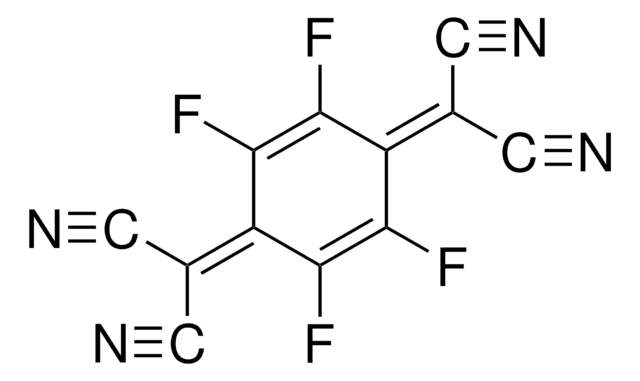
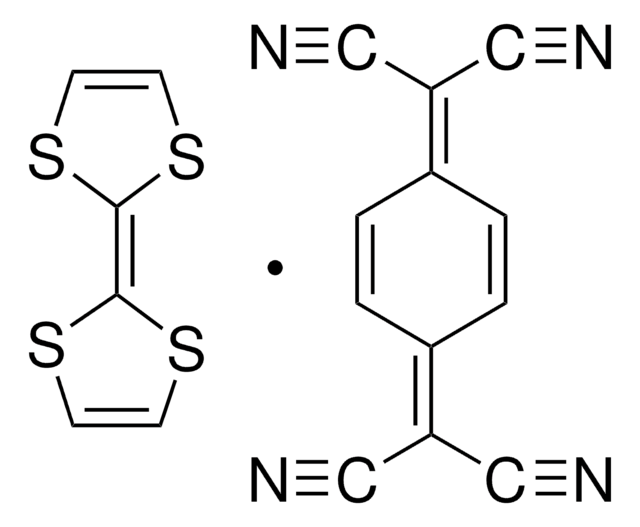
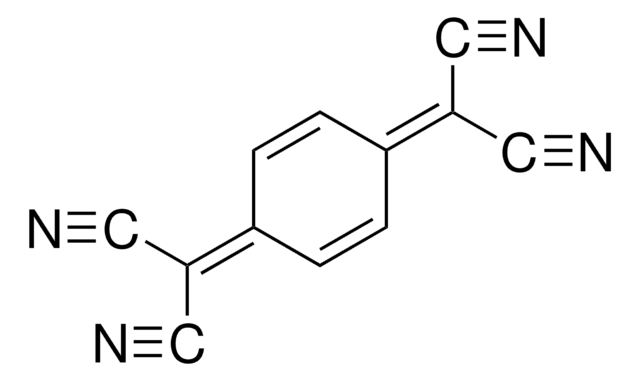
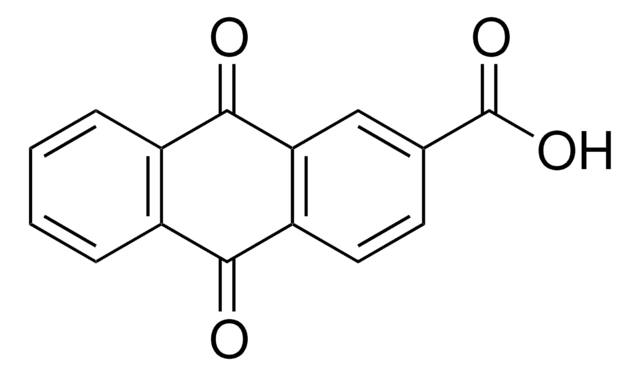
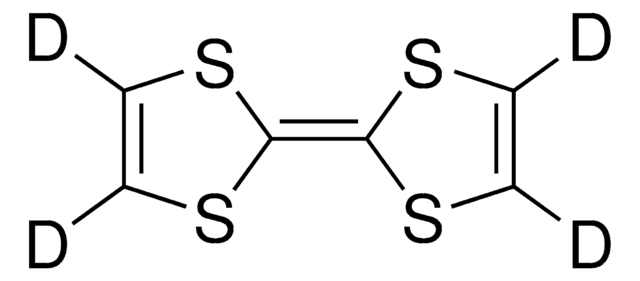
![4-Sulfocalix[4]arene ≥97.0% (HPLC)](/deepweb/assets/sigmaaldrich/product/structures/850/271/811854c6-ae9d-4f7a-b9e8-c34a7de4e4c6/640/811854c6-ae9d-4f7a-b9e8-c34a7de4e4c6.png)
